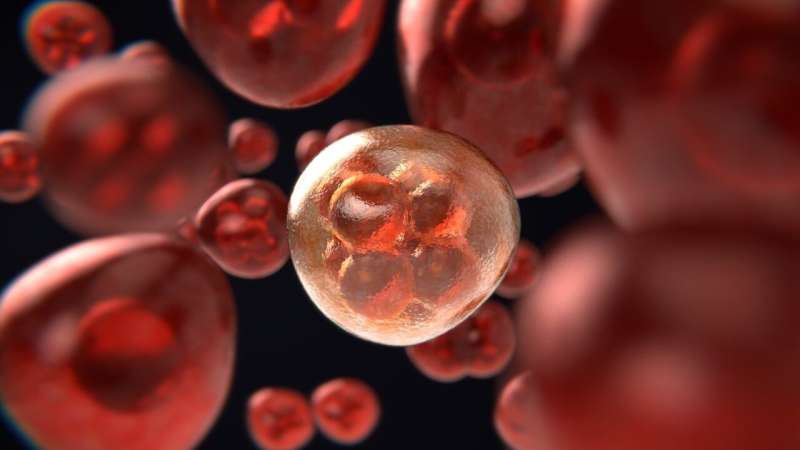Innovative Vibration-Driven Chip Promises to Transform Fertility Treatments

A pioneering vibration-driven chip developed at Cornell University could revolutionize assisted reproductive technology by streamlining oocyte cumulus removal, making fertility treatments more accessible and efficient worldwide.
Researchers at Cornell University have unveiled a groundbreaking device that could significantly enhance assisted reproductive technologies by simplifying a crucial step: the removal of cumulus cells from oocytes. This process, essential in in vitro fertilization (IVF), involves delicate manual pipetting to detach protective cells from egg cells. However, manual techniques are labor-intensive, require expert skill, and carry risks of damaging the oocytes.
The new device is a disposable chip that uses vibration-induced flow to automate the cumulus removal process. Its innovative spiral micropillar structure creates a swirling flow when vibrated, enabling the efficient separation of smaller cumulus cells from larger oocytes without manual intervention. This method is faster, non-invasive, and more consistent, potentially reducing errors and the need for highly trained personnel.
The device was tested on mouse oocytes, including fragile freeze-thawed ones, successfully processing multiple eggs simultaneously without damage. Comparative studies showed fertilization rates and embryo development were comparable to traditional manual methods, demonstrating the technique's safety and efficacy.
Beyond its application in fertility clinics, this technology holds promise for broader biomedical applications, such as isolating cancer cells or sorting biological particles. Its low cost and ease of use make it especially advantageous for regions with limited access to advanced medical facilities.
Experts believe this vibration-powered chip could democratize fertility treatments, making them more accessible and affordable worldwide. By reducing dependence on expensive equipment and specialized personnel, it paves the way for more widespread use of assisted reproductive technologies.
The research team plans to further develop the technology to work with human oocytes and explore its application in procedures like intracytoplasmic sperm injection (ICSI). This innovation marks a significant step forward in making fertility treatments safer, faster, and available to more people globally.
Source: https://medicalxpress.com/news/2025-09-vibration-powered-chip-revolutionize-reproductive.html
Stay Updated with Mia's Feed
Get the latest health & wellness insights delivered straight to your inbox.
Related Articles
Urgent Call for Action to Minimize Children's Exposure to Plastic Chemicals
Recent studies highlight the long-term health risks for children exposed to chemicals in plastics, urging urgent policy and lifestyle changes to protect future generations.
Innovative Laser Technique Targets Pancreatic Cancer by Focusing on Collagen
A novel laser technique leverages collagen's molecular properties to precisely target pancreatic tumors, potentially revolutionizing minimally invasive cancer treatments. Source: https://medicalxpress.com/news/2025-10-laser-pancreatic-tumors-homing-collagen.html
Genetic Variants as Key Factors in Diverse Clinical Outcomes of Complex Disorders
Emerging research reveals that secondary genetic variants significantly influence the clinical diversity seen in complex disorders, emphasizing the importance of genetic background and cohort selection in understanding disease variability.
Study Reveals How Minimal Mutations in Blood Cells Can Drive Blood Cancer Progression
New research reveals that even small populations of mutated blood cells can significantly influence blood cancer progression and systemic health, highlighting the importance of early intervention.



